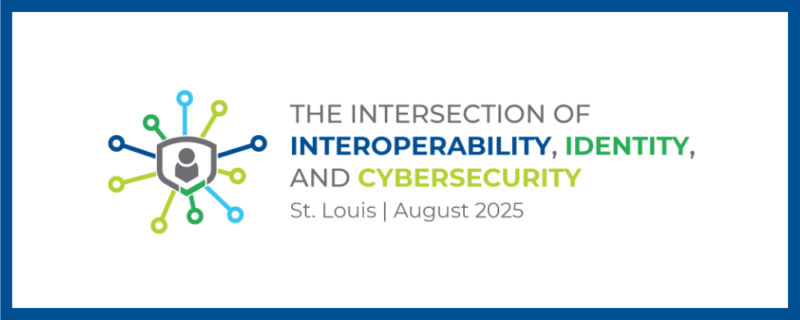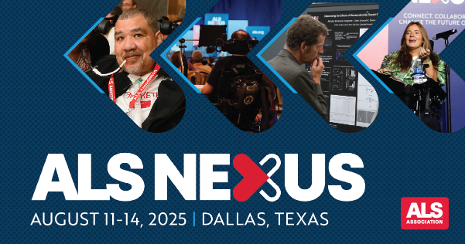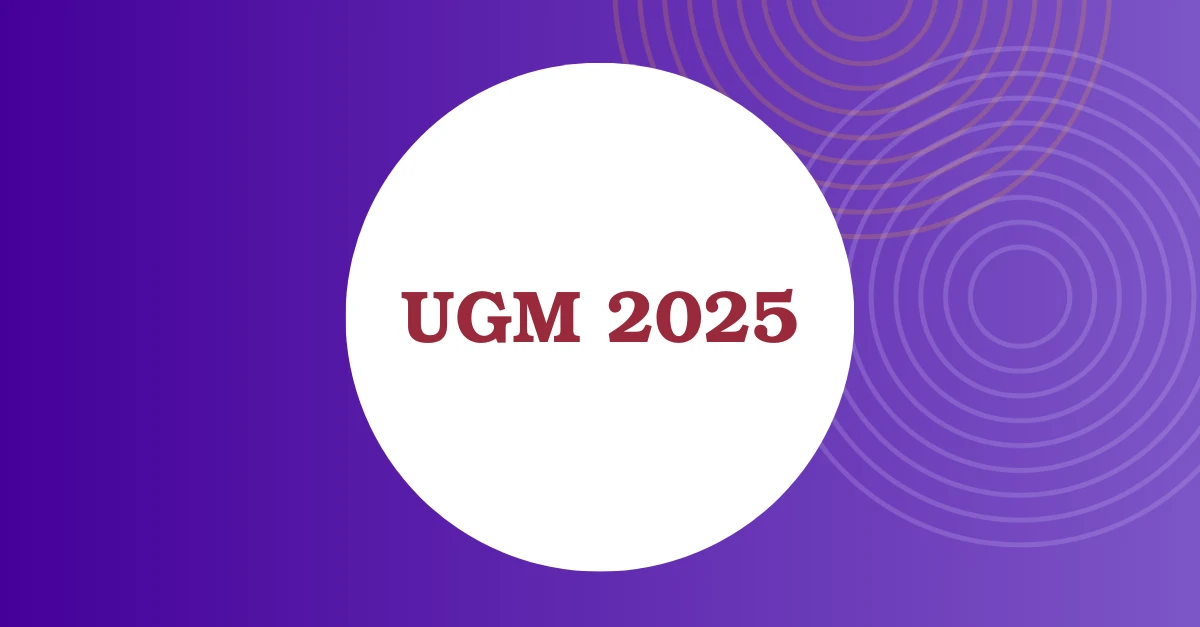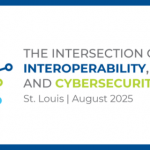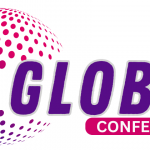Experts say healthcare has moved past the patient experience challenges of EHRs thanks to ambient AI, which reduces documentation burdens and allows providers to concentrate more on their patients.
Not long ago, healthcare providers were grappling with how to stop burdensome EHR documentation from interfering with the patient experience. However, with the rise of AI technology and ambient scribing, healthcare leaders now believe the industry is on the brink of a truly human-centered care experience.
It almost sounds paradoxical—can adding yet another health technology really help providers connect more closely with their patients?
But experts reviewing AI’s impact on the patient experience say the answer is a clear yes.
“Our caregivers have never been more eager to connect with their patients,” said Chrissy Daniels, Chief Experience Officer at Press Ganey, in an interview. “No one ends up in healthcare by accident. Providers choose this field because they want to transform lives. What has pulled their attention away from patients are many of these repetitive, mundane tasks.”
“Mundane tasks,” like EHR documentation, are frequently blamed for clinician burnout. A 2022 athenahealth survey revealed that overwhelming EHR documentation demands are a leading factor behind this burnout. This story is nothing new—providers have voiced frustrations about these tools ever since they became widespread during the era of meaningful use requirements.
But it’s not only providers who have been frustrated with EHRs—patients have also expressed dissatisfaction with their clinicians being focused on screens during appointments.
Most agreed this was a necessary compromise, as providers had to manage documentation demands in real time. Still, diverting the provider’s attention—and eye contact—away from the patient negatively impacted the personal, human connection during visits.
Medical scribes helped address both issues. Often medical students or individuals seeking healthcare experience, scribes would attend appointments and document on behalf of the provider. As early as 2018, researchers recognized scribes as a valuable solution to reduce provider burden and improve the patient experience.
However, scribes demand significant manpower—a resource that healthcare has struggled to expand.
AI drives voice recognition and ambient documentation.
AI has transformed medical scribing by removing the need for human scribes, addressing the staffing challenge. Leveraging voice recognition technology, these tools listen to clinical encounters, capturing the patient-provider dialogue and then summarizing and documenting it.
This technology gained momentum in 2020 with the launch of Nuance’s Dragon Ambient eXperience. While it took some time for ambient scribing to become widespread, the rapid advancements in AI over the past two years have made the technology reliable enough for most healthcare organizations to adopt.
Today, ambient scribes are widely recognized as essential in easing providers’ cognitive load, which in turn leads to an improved patient experience.
“The foundation of an excellent patient experience, and healthcare experience overall, is the connection between patient and provider,” said Trevor Berceau, R\&D director at Epic Systems, in an interview. “When we develop AI and other features in our products, much of it is focused on enhancing that human connection during the patient-provider interaction. Ambient technology has made significant strides in supporting this.”
A key reason is that providers no longer have a physical computer acting as a barrier between them and their patients. Maintaining eye contact is crucial for building rapport and fostering a more empathetic patient experience.
But it’s about more than just eye contact, both Daniels and Berceau emphasized. Since providers no longer need to actively document during the visit, they can fully engage with the entire patient encounter.
Ambient scribing fosters a more patient-focused connection
Daniels emphasized that few tools are as transformative as ambient scribes.
“Is there anything more impactful than removing that tedious task from the majority of providers’ workload?” she asked, highlighting how AI helps lighten their burden.
Berceau added that clinics using AI charting—a term Epic prefers over ambient listening to reflect the system’s active role—have a noticeably different atmosphere.
“The dynamic changes when providers can focus on speaking directly with patients without worrying about typing or remembering details to document later,” he shared, recounting a conversation with Hal Baker, WellSpan Health’s chief digital and information officer.
“It’s not just about the face-to-face connection with patients, but also about relieving the mental checklist providers carry constantly—and we hear that echoed by patients as well.”
Berceau and Daniels both agree that this is what truly fosters an authentic, human-centered patient experience.
The evidence supports this: a May 2025 study published in JAMA Network Open found that ambient scribing reduced providers’ cognitive load, enabling them to connect more meaningfully with patients and experience greater job satisfaction.
Ambient scribing strengthens the argument for open clinical notes
Daniels warned against seeing the technology as a cure-all.
“This is often the first time patients have encountered ambient scribing,” she explained. “When it works well, it’s excellent. But we also know there are cases where important health history was documented accurately by providers, yet the ambient scribe missed it.”
This can cause anxiety, given the often complicated process patients face when trying to have their medical records amended or corrected.
“The real challenge will be learning how to improve ambient scribing and addressing any gaps when information is missed,” Daniels said.
“And it’s not a matter of if it happens, but when it happens,” she emphasized. “So, what protocols do we have in place, and how are we involving patients in adopting this technology?”
Daniels pointed out that patient engagement will vary, as the technical processes for requesting medical record corrections depend on different organizational policies.
However, she stressed that healthcare organizations should continue promoting patient portal use so patients can review and interact with their medical information. Practices like open clinical notes, required by the 21st Century Cures Act, will also play a crucial role.
Meanwhile, Epic’s team is more optimistic, focusing on the importance of allowing providers to make edits to ambient notes as needed.
“Overall, the quality of the ambient mode is reported to be very strong,” said Sean Bina, Epic’s VP of Access and Patient Experience. “What we hear more often is that physicians want the ability to update the ambient note—adding extra context about topics discussed that weren’t directly addressed clinically but that they want the patient to be aware of,” Bina explained in an interview.
Epic’s ambient scribing tool also allows clinicians to modify the note’s style, format it with bullet points, or adjust the language to match the patient’s health literacy level.
Do AI and ambient tools complete the care team?
Ultimately, AI has achieved something that healthcare has struggled with in recent years—it offers a solution to the growing workforce crisis.
It’s well-known that human scribes, long employed in the healthcare industry, have been effective at relieving providers from clinical documentation, reducing burnout, and enhancing the overall healthcare experience.
However, human scribes are costly, and like many clinical roles, there’s a shortage of available personnel.
“If funding were abundant, we would have hired human scribes years ago,” Daniels noted.
AI offers a solution to this challenge.
“It adds value and strengthens the connection both caregivers and patients desire,” Daniels said. “It acts as a safety net to prevent things from slipping through the cracks. While it’s not something we rely on exclusively, it provides an extra layer of security and amplifies the human voice.”
But it’s not just about AI listening and transcribing—it also eases cognitive burden by helping providers remember patient details, make clinical decisions, and engage on a human level. According to Bina, this will have lasting benefits.
“AI is like having a hundred assistants on your team. It does the research, gathers all relevant patient information, and summarizes it for the physician, so when they enter the room, they’re better informed and understand the patient’s needs that day,” he concluded.














